
Exercise is a key part of many people’s lives, and for some, it becomes a daily habit. It can feel as natural as brushing your teeth or taking a walk with your dog. However, for a select group of people, this dedication to fitness can turn into something detrimental: overtraining syndrome.
Before diving into how to prevent overtraining, it’s important to understand what it is, how it happens, and the signs to look out for.
What Is Overreaching?
To start, let’s distinguish between two concepts: overreaching and overtraining. Overreaching refers to temporarily increasing your training load, leading to some short-term drops in performance. After a period of rest, your body can recover and surpass your previous level of performance, a process called supercompensation.
Overreaching becomes problematic when it lasts too long or when recovery doesn’t occur properly. If the added stress continues without adequate rest, it can eventually lead to overtraining syndrome, which is much more serious and requires a much longer recovery period.
Transitioning from Overreaching to Overtraining Syndrome
Overtraining syndrome typically arises from prolonged overreaching. While it shares some characteristics with nonfunctional overreaching, such as a drop in performance, it’s more severe and requires extensive recovery time. Overtraining syndrome is difficult to diagnose because many of its symptoms overlap with other common health issues. It is usually diagnosed through the process of elimination, meaning no other causes can explain the symptoms.
Physical Effects of Overtraining
One of the clearest signs of overtraining is a noticeable decline in performance. You may struggle to maintain your usual strength, endurance, or agility, and these struggles will persist over time. It’s normal to have an off day here and there, but if this becomes a consistent problem, overtraining could be the cause.
Another indication is persistent fatigue. If you feel drained even after rest days, or if minor aches and pains become more frequent, it’s a sign your body is overwhelmed. These pains could become more serious and last longer than typical soreness. If muscle soreness doesn’t subside after a couple of days or if it evolves into chronic fatigue, you may be overtraining.
Additionally, overtraining can affect your immune system, leading to more frequent illnesses, especially respiratory infections.
Overtraining’s Impact on Heart Rate
An elevated resting heart rate is another red flag of overtraining. If your heart rate increases by 10 beats per minute or more compared to normal, it’s a sign that your body might be under stress. To track this, monitor your heart rate first thing in the morning and note any changes over time. If you feel unusually winded or out of breath during activities that normally wouldn’t challenge you, it could be another indication of overtraining.
Mental and Emotional Effects of Overtraining
Overtraining doesn’t just take a toll on your body; it also affects your mind. Athletes suffering from overtraining often experience mood swings, irritability, and difficulty concentrating. There may also be a sense of mental fatigue, where motivation drops and the desire to work out fades completely. Ironically, despite the mental exhaustion, overtrained individuals often experience insomnia or poor-quality sleep.
How to Avoid Overtraining Syndrome
Preventing overtraining syndrome starts with balancing your exercise routine with adequate rest and proper nutrition. Here are a few tips to help:
- Ease into New Routines: If you’re trying a new exercise or increasing the intensity, give your body time to adjust. Avoid pushing too hard too soon, and always include rest days.
- Prioritize Sleep: Make sure you’re getting seven to eight hours of sleep each night. Sleep is crucial for recovery and physical performance.
- Fuel Your Body Properly: A well-balanced diet is essential for supporting your workouts and aiding recovery. If you’re not eating enough or consuming the right nutrients, your body won’t have the fuel it needs to repair itself.
- Listen to Your Body: This is perhaps the most important piece of advice. Pay attention to how you feel. If something doesn’t feel right or your body is constantly fatigued, it might be time to dial back and allow yourself rest.
Conclusion
Overtraining syndrome can be a serious setback in your fitness journey, but with the right preparation and balance, it’s entirely avoidable. The drive to improve is essential, but so is recognizing when your body needs rest. Taking time off is not a weakness—it’s a necessary part of the recovery process. By giving your body the rest it needs, you’ll come back stronger, more energized, and better equipped to reach your fitness goals.


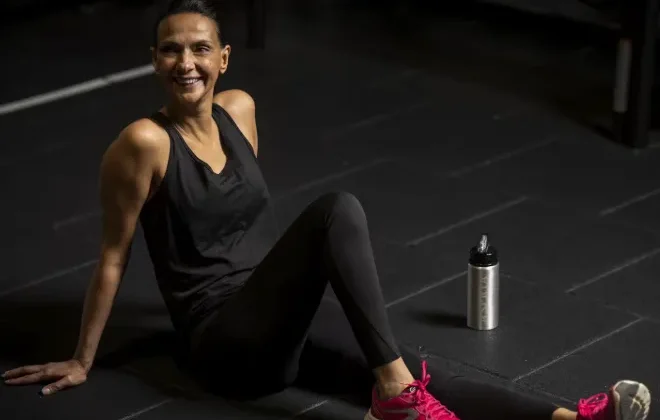









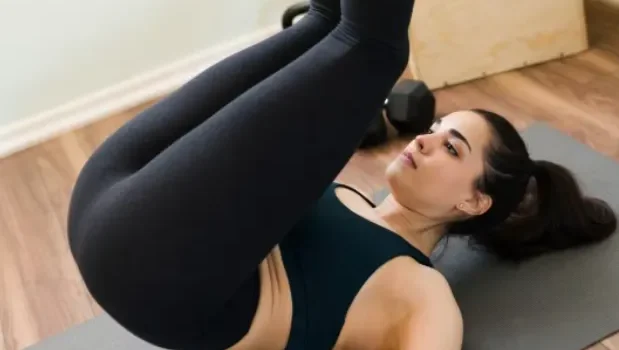

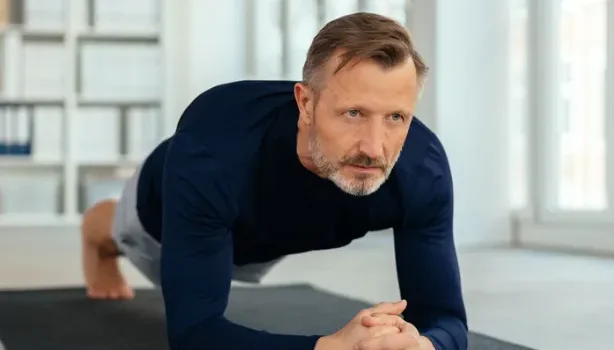
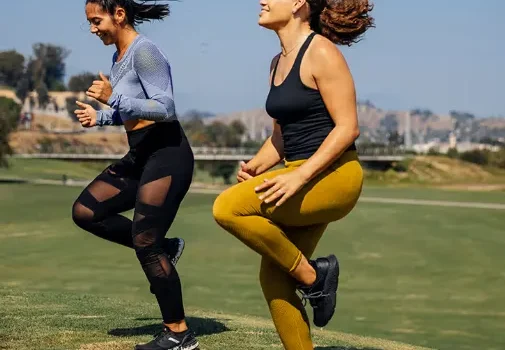
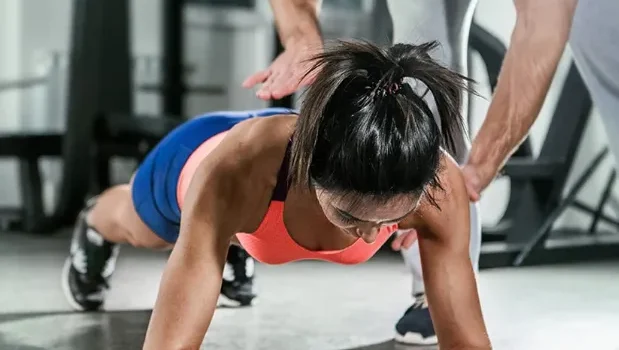



Comments
Mass Effect: Andromeda drops Denuvo
Get The Banner Saga for 75 percent off today
Battlefield 1 and Titanfall 2 are coming to Origin Access